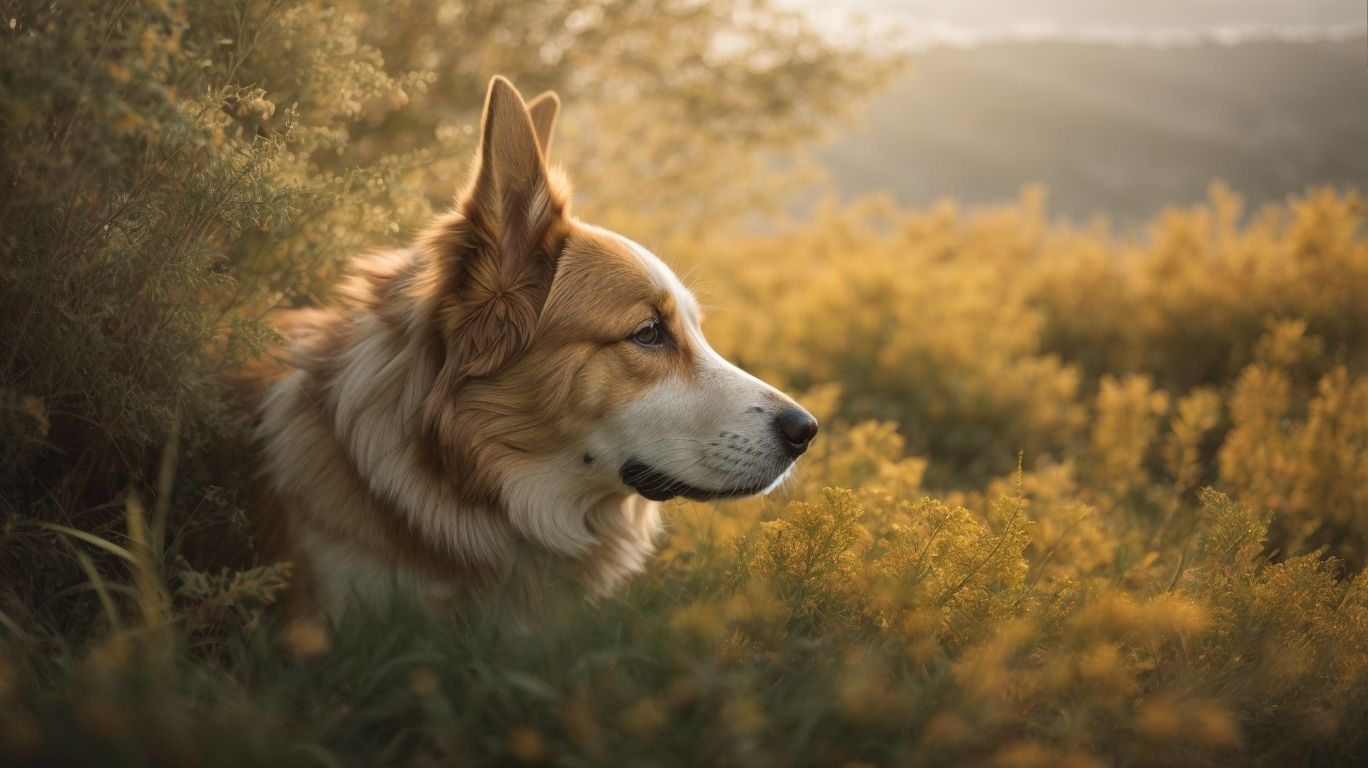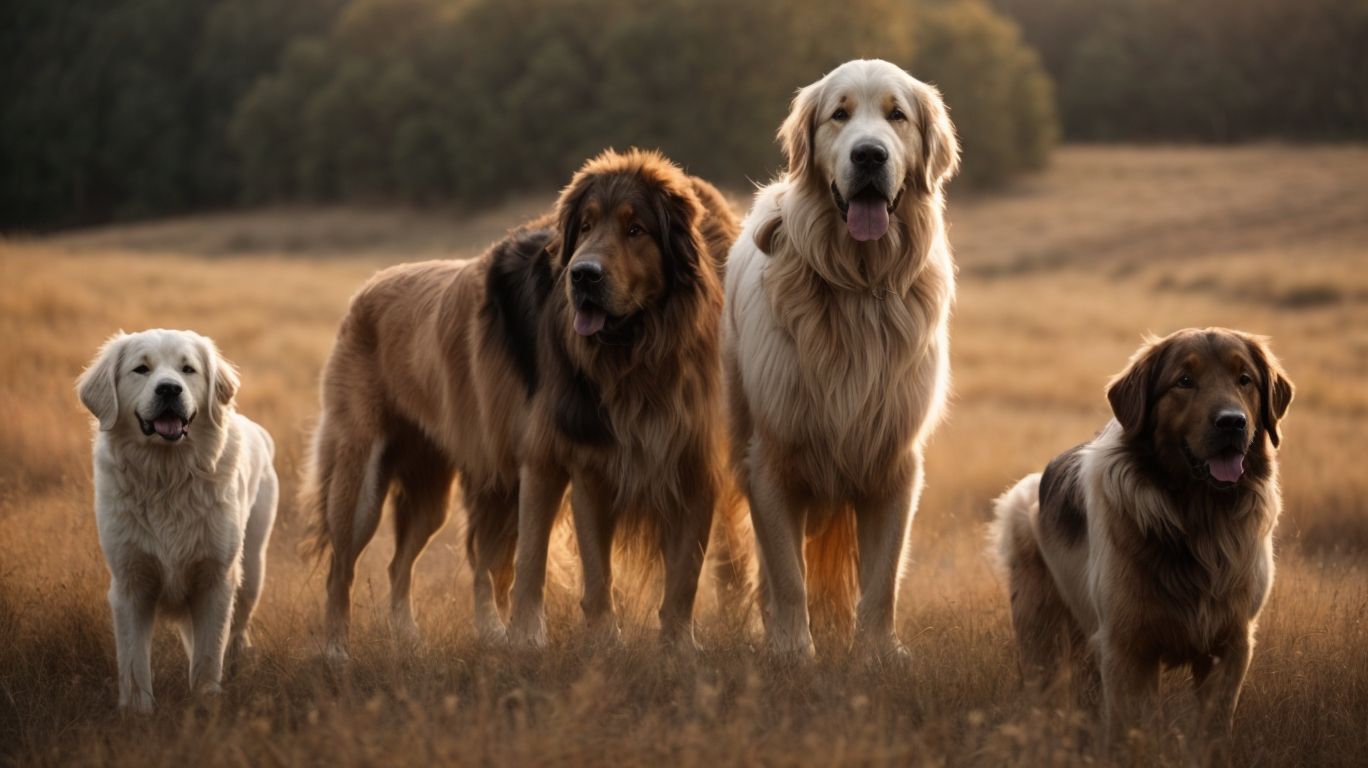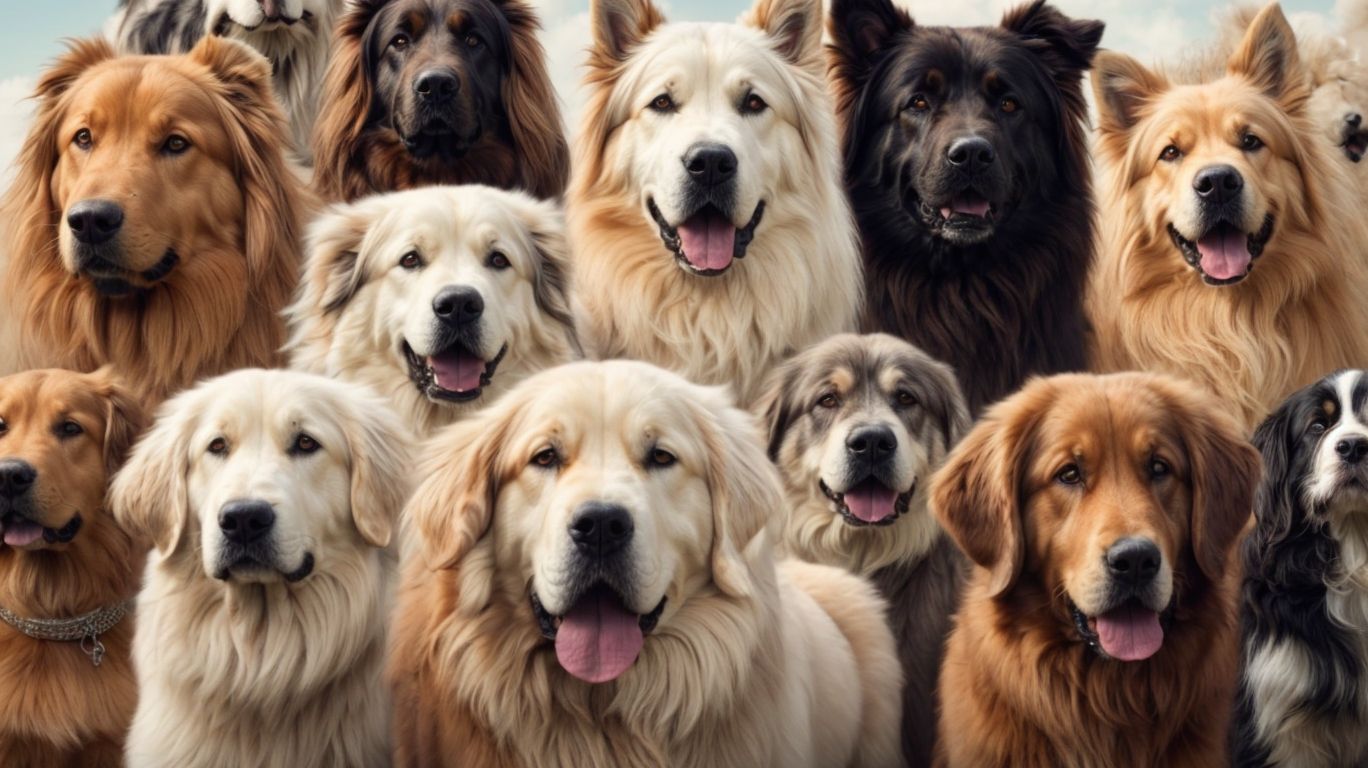
The Art of Scent Work: Training Your Dog’s Nose for Advanced Skills”
In the world of dog training, there’s a fascinating skill that often goes overlooked: scent work. This specialized training focuses on harnessing a dog’s incredible sense of smell, honing it to an advanced level. In this comprehensive guide, we’ll explore the ins and outs of scent work, delving into the reasons why you should train your dog’s nose, the benefits it offers, and how to get started with the training process.
We’ll cover everything from the essential equipment needed and basic scent work commands to advanced skills like teaching your dog to identify multiple scents and preparing for competition level challenges. We’ll address common issues that may arise during scent work training, offering troubleshooting tips and strategies to overcome obstacles. Whether you’re a dog owner looking to engage your pet in a new and stimulating activity or a seasoned trainer seeking to elevate your dog’s skills, this article is your go-to resource for mastering the art of scent work.
What Is Scent Work?
Scent work, also known as nose work, refers to a type of training that harnesses a dog’s remarkable olfactory abilities to engage in various scent detection activities.
This type of training often involves hiding scented objects or treats for the dog to find, utilizing their extraordinary sense of smell. It’s a fascinating way to tap into a dog’s natural instincts and provide mental stimulation. Scent work is not only a fun activity, but it also provides important mental enrichment for dogs, helping to channel their energy and focus. By engaging in scent work, dogs can build confidence, improve their problem-solving skills, and strengthen the bond with their human companions.
Why Train Your Dog’s Nose?
Training your dog’s nose through scent work presents numerous benefits, enhancing their natural olfactory capabilities and providing mental stimulation through engaging activities.
What Are the Benefits of Scent Work for Dogs?
Engaging in scent work offers dogs a range of benefits, including mental stimulation, improved behavior, effective communication with their handler, and the establishment of a strong bond through collaborative activities.
This type of activity allows dogs to utilize their innate sense of smell, providing them with mental enrichment and physical exercise. The training process also helps to reinforce positive behavior and obedience, as dogs become more focused and attentive.
Scent work enables dogs to explore various environmental factors, enhancing their sensory experiences and promoting a deeper understanding of their surroundings. This not only stimulates their cognitive abilities but also fosters a greater connection with their handler, ultimately strengthening the bond between them through shared accomplishment and mutual trust.
How to Get Started with Scent Work Training
Getting started with scent work training involves creating a positive and engaging environment to motivate the dog, employing consistent practice sessions, and incorporating effective positive reinforcement techniques to reinforce desired behaviors.
To begin, choose a specific scent that you want the dog to search for, such as a treat or a toy. Introduce the scent to the dog through a simple game of hide and seek, gradually increasing the difficulty as the dog becomes more comfortable with the task.
It’s crucial to maintain a positive attitude and celebrate even small victories, ensuring that the dog associates the scent work with enjoyment and praise.
What Equipment Do You Need?
To engage in scent work training, various equipment such as scent containers, training aids, and enrichment activities are essential to create a conducive learning environment for the dog.
Specialized scent containers are designed to hold specific scents for training purposes, while training aids such as scent detection kits and target odor supplies help in guiding the dog’s olfactory abilities.
Enrichment activities like scent puzzles, hide-and-seek games, and scent trails provide mental stimulation and physical exercise, crucial for a well-rounded scent work training program.”
What Are the Basic Scent Work Commands?
Basic scent work commands encompass specific obedience instructions, effective handler cues, and signal detection methods to prompt the dog’s response and communicate effectively during scent detection activities.
These fundamental commands play a crucial role in guiding the dog’s behavior and response, such as ‘sit’, ‘stay’, and ‘search’. Obedience commands like ‘heel’ and ‘come’ enable the handler to maintain control and ensure the dog’s focus on the scent trail.
Handler cues, such as hand signals and verbal prompts, establish clear communication between the dog and handler, enhancing coordination and cooperation. Signal detection methods, such as rewarding the dog for proper responses and gently correcting any deviations, further refine the dog’s understanding and execution of scent work commands.
How to Create a Training Plan for Your Dog
Developing a comprehensive training plan for your dog involves:
- Establishing consistent practice routines
- Incorporating problem-solving exercises
- Periodically evaluating the dog’s performance to track progress and address any challenges that arise
This structured approach allows your dog to develop a strong foundation in scent work, enhancing their ability to recognize and indicate the presence of specific scents. Consistency in training fosters reliability and confidence in your dog’s scent detection abilities. Problem-solving exercises further refine their skills and encourage mental stimulation. Evaluating your dog’s performance helps to identify areas for improvement and ensures that the training plan remains effective and tailored to your dog’s evolving needs.
Advanced Scent Work Skills
Advanced scent work skills encompass the ability to navigate complex scent trails, identify specific scent articles, and target distinct scents with agility and precision, requiring advanced problem-solving abilities from the dog.
This level of training demands a keen understanding of scent theory, including factors that affect scent dispersion and degradation. Dogs must be adept at discerning subtle differences in scent profiles and displaying focused determination while following scent trails. Handlers also play a vital role, requiring the ability to read their dog’s behavior and communicate effectively to accomplish the shared goal of scent detection.
Advanced scent work involves continuous learning and honing of skills, as well as the capability to analyze and adapt to challenging scent scenarios.
How to Teach Your Dog to Identify Multiple Scents
Teaching a dog to identify multiple scents requires a focus on scent discrimination, precision in accuracy, and the development of advanced scent skills through conditioning and enhanced focus during training sessions.
This training process involves exposing the dog to various scents and gradually teaching them to discern and differentiate between these different odors. It is crucial to reinforce positive responses and eliminate distractions to ensure the dog’s focused conditioning.
Precision training exercises such as scent lineups and discrimination tasks help hone the dog’s ability to accurately identify specific scents amidst diverse environmental stimuli. With consistent practice and positive reinforcement, dogs can develop remarkable precision in scent discrimination, making them valuable assets in various fields including search and rescue operations and contraband detection.
What Are the Different Types of Scent Work Challenges?
Scent work challenges encompass diverse searching patterns, problem-solving exercises, and engaging games designed to test and enhance the dog’s scent detection capabilities in various scenarios and environments.
These activities include:
- Tracking scents through different terrains
- Identifying specific scents in crowded areas
- Solving complex puzzles to locate hidden objects
Interactive games such as “find the treat” and “scent discrimination” provide mental stimulation and reward the dog for utilizing their olfactory senses. Through these exercises, dogs develop a keen sense of smell, refine their decision-making skills, and become adept at detecting even the faintest scents amidst distractions.
How to Train Your Dog for Competition Level Scent Work
Training a dog for competition level scent work involves rigorous preparation for scent work competitions, participation in obedience trials, honing teamwork with the handler, and refining the handler’s skills to ensure effective performance in competitive environments.
The intensive training for scent work competitions demands dedication, as dogs and handlers navigate challenging searches, demonstrating their capabilities with exceptional precision. Participation in obedience trials is crucial, as it enhances the dog’s focus and obedience, essential for success in scent work.
The collaborative teamwork between the handler and dog is a key component. To excel, the handler’s proficiency in reading the dog’s behavior and effectively directing the search is essential for attaining top-level performance in competitive scent work.
Troubleshooting Common Scent Work Issues
Addressing common scent work issues involves mitigating distractions, handling false alerts effectively, and engaging in problem-solving exercises to reinforce the strong bond and effective communication between the handler and the dog.
One of the typical challenges encountered in scent work training is managing distractions that can divert the dog’s focus from the target scent. Dogs can be easily influenced by various environmental stimuli, such as other scents, noises, or movements. To counter this, handlers use techniques like gradual exposure and desensitization, gradually introducing distractions in the training environment.
False alerts during scent work are common, and addressing them involves refining the dog’s discrimination skills and ensuring clear communication between the handler and the dog. Problem-solving exercises play a crucial role in strengthening the bond and enhancing communication between the handler and the dog, promoting trust and teamwork.
What to Do When Your Dog Loses Interest in Scent Work
When a dog loses interest in scent work, it is essential to address potential distractions, renew motivation through patience and mental stimulation, and introduce engaging enrichment activities to rekindle the dog’s enthusiasm for the training.
One effective strategy to counter distractions is to gradually expose the dog to varying levels of environmental stimuli, allowing them to acclimate and refocus on the scent work. Incorporating positive reinforcement techniques, such as using treats or toys as rewards, can help reignite the dog’s motivation and desire to engage in the scent work. Patience plays a crucial role in this process, as allowing the dog time to adjust and regain interest can lead to long-term success.
Integrating mental stimulation and enrichment activities, such as puzzle toys or interactive games, can provide the necessary mental challenges to keep the dog engaged and enthusiastic about scent work.
How to Handle False Alerts
Effectively handling false alerts in scent work involves implementing consistent reward systems, employing positive reinforcement for desired behavior modification, and maintaining a structured approach to reinforce accuracy and reliability in scent detection.
This approach encourages the canine to associate the correct response with a positive outcome, thereby minimizing the occurrence of false alerts. By consistently rewarding the dog’s accurate identification of the target scent, the likelihood of false alerts diminishes while reinforcing the desired behavior.
A structured training regimen and the incorporation of environmental distractions can further enhance the dog’s ability to focus on genuine scent detection, mitigating the occurrence of false alerts during scent work.
What to Do When Your Dog Struggles with a Specific Scent
When a dog encounters difficulties with a specific scent, it is crucial to focus on refining accuracy, engaging in targeted problem-solving exercises, enhancing scent discrimination skills, and improving handler communication to address the challenges effectively.
This can be achieved through various strategies such as gradually introducing distractions to the training environment, designing scent puzzles for the dog to solve, and practicing scent discrimination in different settings. Using positive reinforcement and clear communication signals can assist the dog in understanding the desired response to particular scents. By incorporating these techniques, handlers can help their dogs develop the ability to navigate through complex scent challenges with confidence and precision.




No Comments